Spring Miscellany
Last month I saw the film The Woman in Gold with my daughter. I was not expecting to be so swept away by the plight of Maria Altmann as she attempts to recover a Gustav Klimt painting of her aunt, Adele Bloch-Bauer. The beautiful portrait was stolen from Altmann’s family by the Nazi’s just prior to WWII in Austria and never returned. A small piece of written legalese kept the portrait in Vienna after the war.
The movie is really about love of family and what it means to belong and the talismans that tie us to those we’ve lost, (although having a famous painting is quite a special talisman). Soon after I saw the film, I read the book, The Lady in Gold: The Extraordinary Tale of Gustav Klimt’s Masterpiece, Portrait of Adele Bloch-Bauer, and became even more immersed in Altmann’s story. I decided that I wanted to travel to the Neue Gallery in New York City to see the Klimt myself.
The Neue Gallery is a hushed and intimate museum and while Adele Bloch-Bauer’s portrait commanded the room it hung in, the collections are small and personal. In the museum shop, I purchased a keepsake box of the portrait which contained two beautiful lipsticks reminiscent of Bloch-Bauer’s gold dress and the fairy rose tint of her lips. I thought it was a fitting souvenir for a style writer but I also wanted something to remind me of the beautiful story of triumph and the long-reaching ties of familial bonds. I highly recommend the film.
Right now, any spare time I have is spent voraciously reading about Edwardian British socialite Heather Firbank. The new book about her lovely wardrobe, London Society Fashion…The Wardrobe of Heather Firbank, is a gorgeous tome of all the Downton-esque clothes your heart can stand. Firbank stayed ahead of each trend and bought clothes lavishly from the best couturiers of her time. Every item in the book represents a happy memory of her life – from flirtatious dances to the thrilling weddings of all her friends. She lovingly saved every opulent dress and accessory by tucking them away in trunks. Until her death, the wardrobe stood for all her dreams, most of which were tragically unrealized. But fortunately for us, she could not relinquish her things and they were eventually donated to the Victoria and Albert Museum. The book catalogues them in all their glory.
Recently, I read an article about aging written by Dominicque Browning. Browning was the long-time editor in chief of House and Garden who was fired suddenly a few years ago. In the article she talks about the difficulty of finding a job after being terminated and all the attending insecurities that one would naturally feel. An older and wiser editor advised Browning to “Go where the love is”, after she suffered further rejections in her employment search. The phrase reminded me that sometimes we have to step back and really think about the places we spend our time and effort. Do we feel welcomed in those places? Are they places that appreciate our passions? Sometimes we are lucky enough to work somewhere like that or perhaps we attend an exercise class that always makes us feel more of who we are, or we attend churches where we are accepted and wanted. “Go where the love is” really came home for me after I read the Browning piece. I suddenly decided I will no longer frequent our local library no matter how many fine books are there. Over the years, I have found the staff to be cold and impersonal – they look right through me. The special events I have attended often make me feel less than. There are people who have entrenched relationships with the library and don’t seem to want to make room for others.
As well, I was asked to attend a PR event for a business I occasionally highlight in my columns. I brought along a pal for fun but soon discovered I had only been invited to help see that the room was filled to impress other media. The PR director, who often emails me to ask if I will include one of her clients in my work, was dismissive and snobby and after a few minutes, I felt painfully awkward. My friend, an accomplished teacher, said she was uncomfortable too, because the other women wouldn’t make eye contact or greet her. It wasn’t where the love is and I will carefully choose where I show up and spend my precious time in the future. These days I am finding love at a friendly yoga class on Saturday mornings. I even found it in my gynecologists’ office by the always-happy-to-see-me staff. Ditto new work events I’ve been attending. Go where the love is…
And finally, I am having a renewed affair with the lowly bar of soap. There is something so soothing about slipping into a tepid bath after a hot day with a fragrant fresh bar of soap. My favorites are made in Italy but I recently found a perfect French apricot bar at TJ Maxx – it will be lovely for cooling soaks on summer’s most sultry nights. Many soaps claim to be “triple-milled”, which research tells me simply means they rinse off easily. Still, I’m amazed at how the delicate scent of soap lingers on the skin. There is also something really nice about taking baths in clear unadulterated water again…for now, I’m eschewing filmy body washes and overly-fruity bubble baths for a delicious change of pace. Amazon sells lots of Italian soaps in the prettiest floral boxes. Soap is truly an unexpected as well as inexpensive simple pleasure.
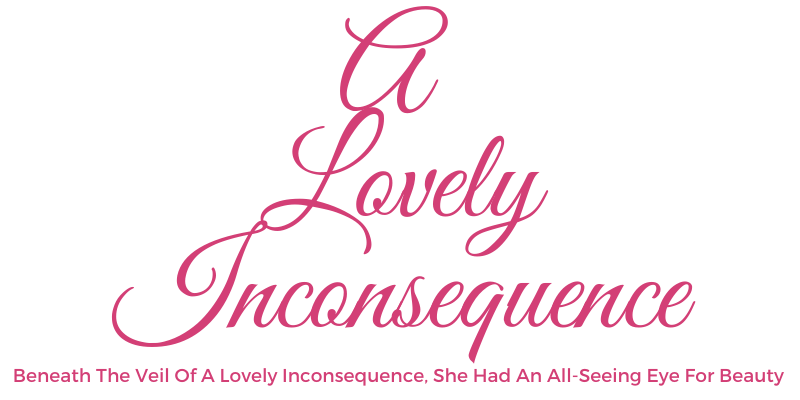
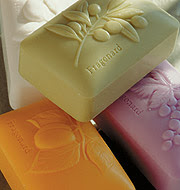
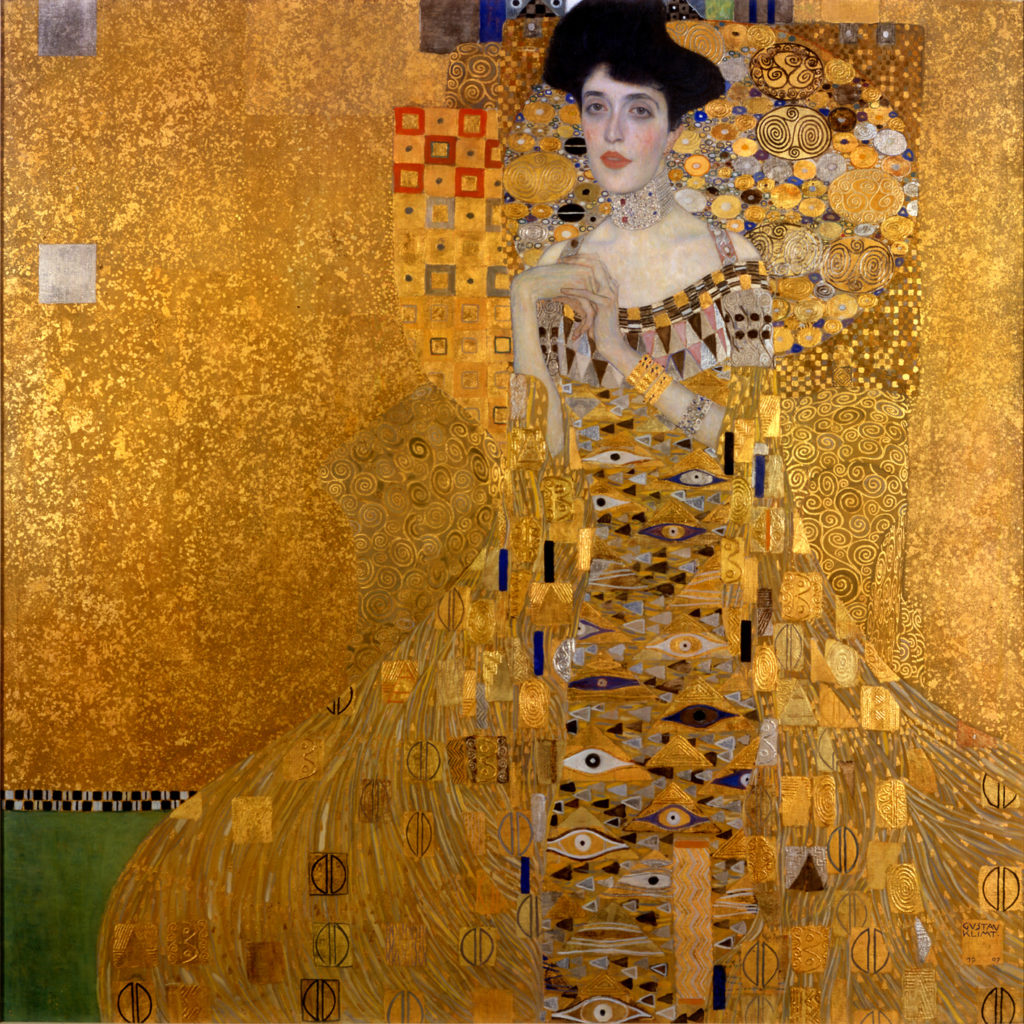
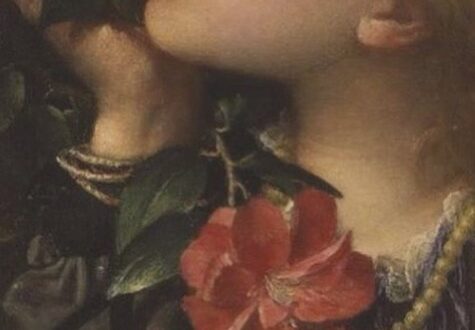

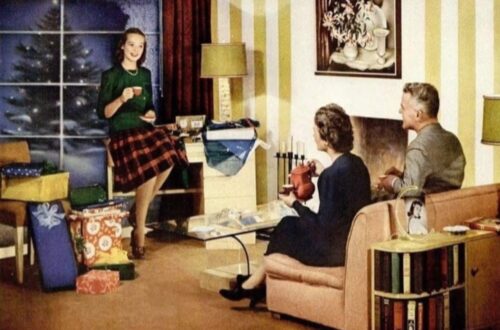
4 Comments
donna macdonald
Thank you!!! I do so love to hear from you.
Glynn Harris
lovely thoughts; wonderful post!
Anonymous
What a lovely miscellany this morning! I've added "The Woman in Gold" to my list of movies to see. And I very much appreciate your thoughts on "going where the love is." I've experienced both kinds of places and agree with you completely.
Kay
What lovely rambling musings! I loved reading and rereading this, Donna! It made me want to go to New York, buy some soap, and read all about Edwardian dresses. It makes me sad to think that that one woman's dreams went unfulfilled, but how wonderful that her life inspired other dreams.